10 Best Herbal Decoctions For Menstrual Cramps

Herbal decoctions have long been used to alleviate menstrual cramps by promoting uterine relaxation and reducing inflammation.
Commonly used herbs include cramp bark, ginger, and evening primrose oil, which are known for their antispasmodic and anti-inflammatory properties. To prepare a decoction, these herbs are typically simmered in water for an extended period to extract their active compounds. Drinking the decoction regularly during the menstrual cycle can help ease pain and discomfort.
However, it is advisable to consult a healthcare provider before using herbal remedies, especially for those with existing medical conditions or who are taking medications.
FREE Herb Drying Checklist
How to make sure every batch retains maximum flavor, color, and aroma without the risk of mold or over-drying. Eliminate guesswork and trial-and-error, making herb drying faster, easier, and more efficient every time.
Table of Contents
1. Vitex agnus-castus

Vitex agnus-castus, commonly known as chaste tree, has been traditionally used to support hormonal balance and alleviate menstrual symptoms.
Herbal decoctions made from its berries are often prepared by simmering the dried fruit in water for several hours, resulting in a concentrated tincture or tea. These decoctions are believed to help regulate menstrual cycles and reduce cramping by influencing the pituitary gland and thyroid function. Studies suggest that vitex may increase progesterone levels, which can ease premenstrual discomfort and reduce the intensity of menstrual cramps.
While generally considered safe, it is important to consult a healthcare provider before use, especially for those with hormone-sensitive conditions or taking medications.
2. Curcuma longa
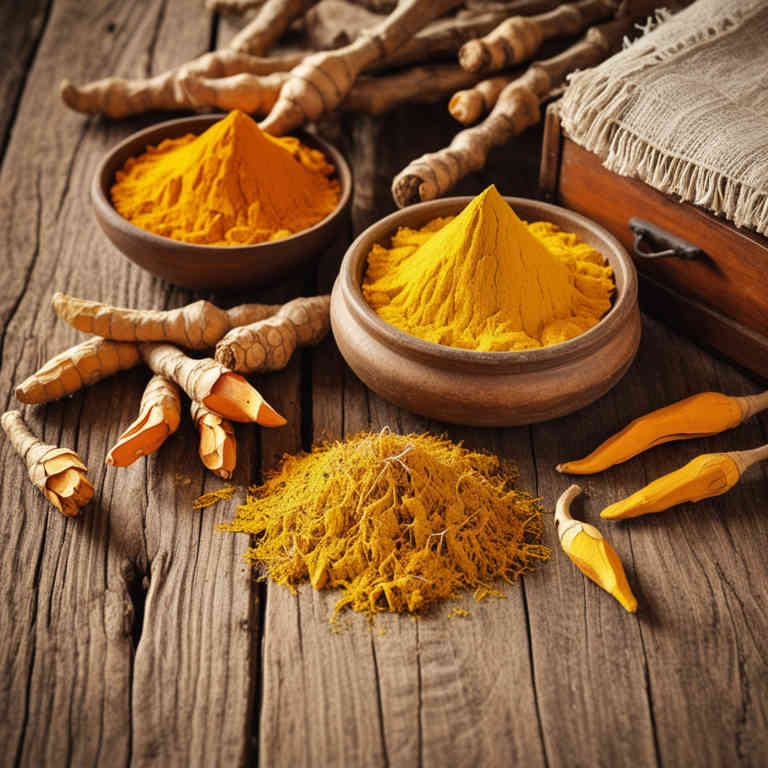
Curcuma longa, commonly known as turmeric, has been traditionally used in herbal medicine for its anti-inflammatory and analgesic properties.
Herbal decoctions made from curcuma longa involve simmering the rhizomes in water to extract its active compounds, such as curcumin. These decoctions are often consumed as a natural remedy to alleviate menstrual cramps by reducing uterine inflammation and muscle spasms. Studies suggest that curcumin may help modulate pain pathways and improve blood circulation, which can ease discomfort during menstruation.
However, it is important to consult a healthcare provider before using turmeric decoctions, especially for individuals with existing health conditions or those taking medications.
3. Cimicifuga racemosa
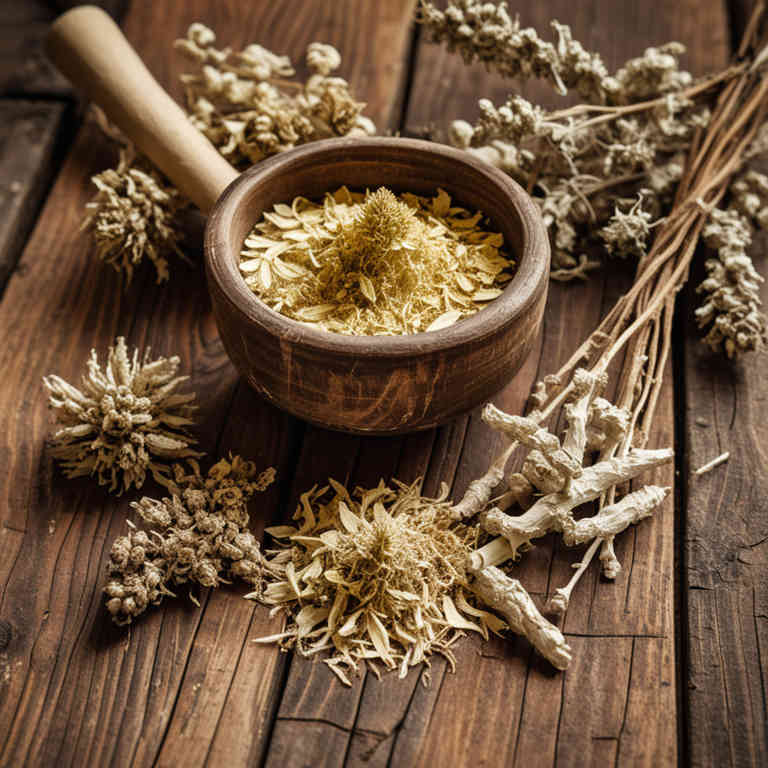
Cimicifuga racemosa, commonly known as black cohosh, is a widely used herbal remedy for alleviating menstrual cramps due to its phytoestrogenic properties that may help balance hormonal fluctuations during menstruation.
Herbal decoctions made from the roots of Cimicifuga racemosa are traditionally prepared by simmering the dried root in water for several hours, allowing the active compounds to be extracted. These decoctions are often recommended for women experiencing dysmenorrhea, as they may reduce pain and inflammation associated with menstrual cramps. Studies suggest that the herb may influence uterine muscle contractions and reduce prostaglandin activity, contributing to its efficacy.
However, it is important to consult a healthcare provider before use, especially for pregnant women or those on other medications, to ensure safety and appropriateness.
4. Zingiber officinale
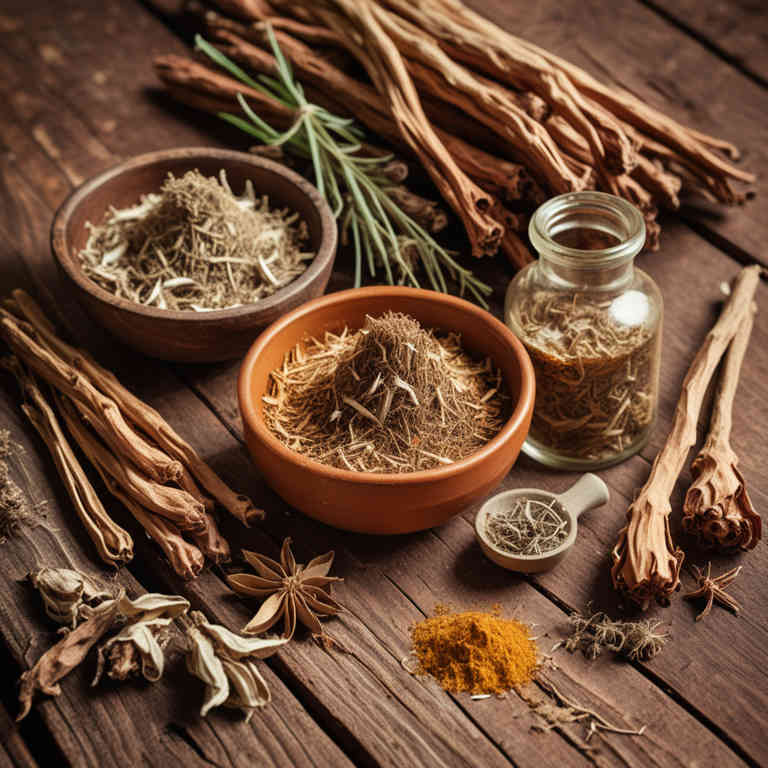
Zingiber officinale, commonly known as ginger, has been traditionally used for its medicinal properties, including its ability to alleviate menstrual cramps.
Herbal decoctions made from fresh or dried ginger roots are often prepared by boiling the rhizome in water to extract its active compounds, such as gingerols and shogaols. These compounds possess anti-inflammatory and analgesic properties that help reduce pain and inflammation associated with dysmenorrhea. Ginger decoctions are typically consumed as a warm beverage, either on their own or combined with other herbs like cinnamon or turmeric for enhanced effects.
Due to its natural and generally well-tolerated profile, ginger is a popular choice for women seeking alternative relief from menstrual discomfort.
5. Paeonia lactiflora

Paeonia lactiflora, commonly known as the peony, has been traditionally used in Chinese medicine for its soothing and anti-inflammatory properties.
Herbal decoctions made from its roots are often prescribed to alleviate menstrual cramps due to their ability to regulate blood flow and reduce uterine spasms. The active compounds in Paeonia lactiflora, such as paeoniflorin and benzoylpaeoniflorin, contribute to its analgesic and antispasmodic effects. These decoctions are typically prepared by simmering the dried root in water for several hours to extract the beneficial compounds.
While generally considered safe, it is important to consult a qualified herbalist or healthcare provider to ensure proper dosage and avoid potential interactions with other medications.
6. Nymphaea alba
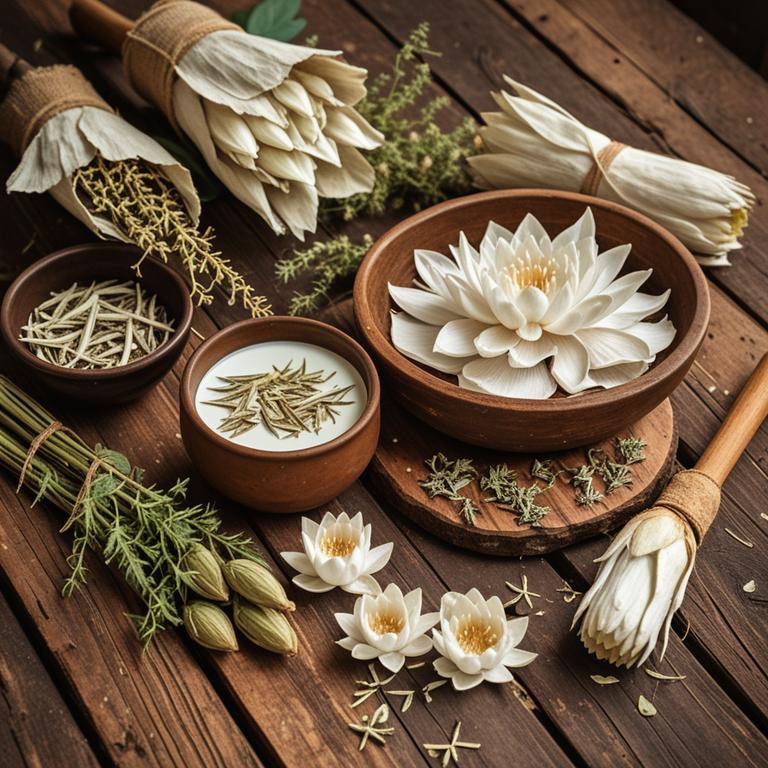
Nymphaea alba, commonly known as white water lily, has been traditionally used in herbal medicine for its potential soothing effects on the female reproductive system.
A decoction made from the roots and leaves of Nymphaea alba is often prepared by simmering the plant material in water for an extended period to extract its active compounds. This herbal remedy is believed to help alleviate menstrual cramps by promoting uterine relaxation and reducing inflammation. The bioactive components, such as alkaloids and flavonoids, may contribute to its antispasmodic and analgesic properties.
While it is considered a natural alternative, it is advisable to consult a healthcare professional before using Nymphaea alba decoctions, especially for those with pre-existing medical conditions or who are taking other medications.
7. Foeniculum vulgare
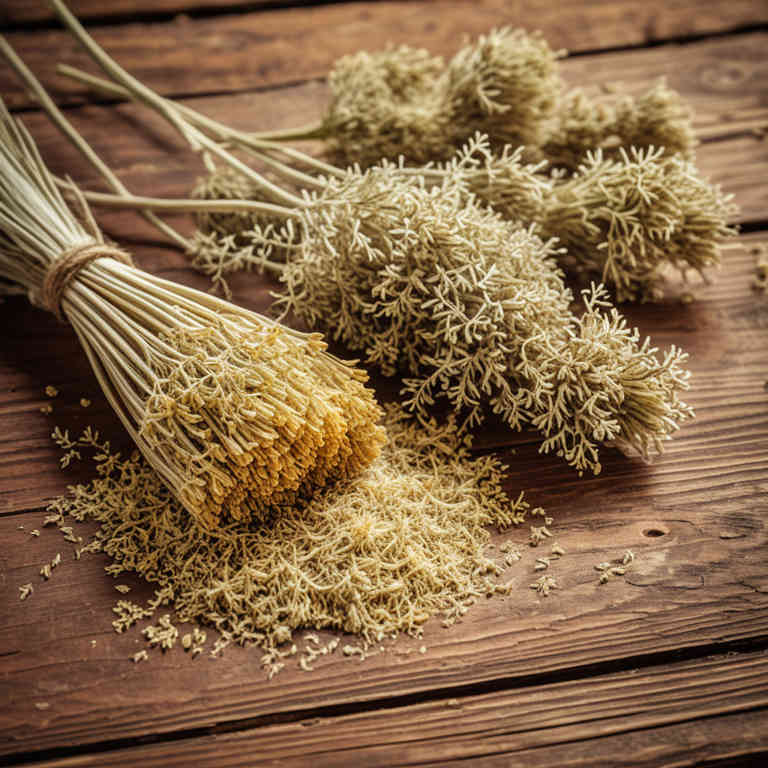
Foeniculum vulgare, commonly known as fennel, has been traditionally used in herbal medicine to alleviate menstrual cramps due to its antispasmodic and analgesic properties.
A decoction made from the seeds of fennel can help relax uterine muscles, reducing the intensity of cramping during menstruation. To prepare the decoction, the dried seeds are simmered in water for about 10 to 15 minutes, then strained and consumed warm. This herbal remedy is often used in combination with other herbs like ginger or chamomile to enhance its soothing effects.
While generally considered safe, it is advisable to consult a healthcare provider before using fennel decoctions, especially for pregnant women or those with existing medical conditions.
8. Rosa canina

Rosa canina, also known as rosehip, has been traditionally used in herbal medicine for its anti-inflammatory and pain-relieving properties.
When prepared as a decoction, the dried rosehips are simmered in water to extract their beneficial compounds, including high levels of vitamin C and essential fatty acids. This herbal decoction is often recommended for alleviating menstrual cramps due to its ability to reduce uterine inflammation and ease muscle spasms. The soothing effects of rosa canina may help regulate menstrual flow and reduce discomfort during menstruation.
However, it is important to consult a healthcare provider before using it, especially for individuals with existing medical conditions or those taking other medications.
9. Urtica dioica
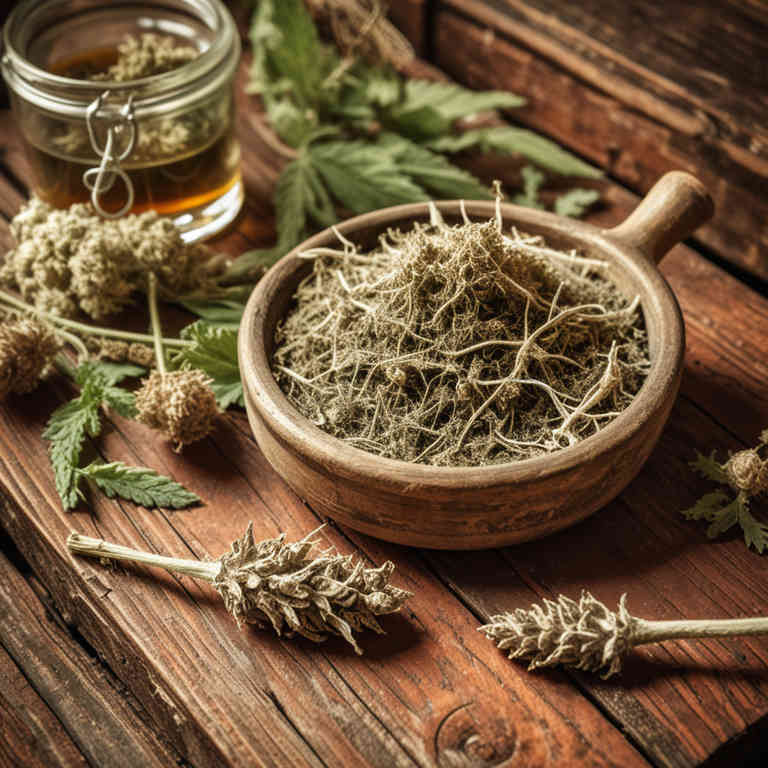
Urtica dioica, commonly known as stinging nettle, has been traditionally used in herbal medicine for its potential benefits in alleviating menstrual cramps.
When prepared as a decoction, the plant's leaves and stems are boiled to extract their active compounds, including flavonoids and minerals, which may help reduce inflammation and muscle spasms. This herbal remedy is often valued for its mild nature and minimal side effects compared to pharmaceutical alternatives. Some studies suggest that the high levels of iron and magnesium in stinging nettle may support overall menstrual health and ease cramp-related discomfort.
However, it is important to consult a healthcare provider before using stinging nettle, especially for pregnant women or those with existing health conditions.
10. Lavandula angustifolia
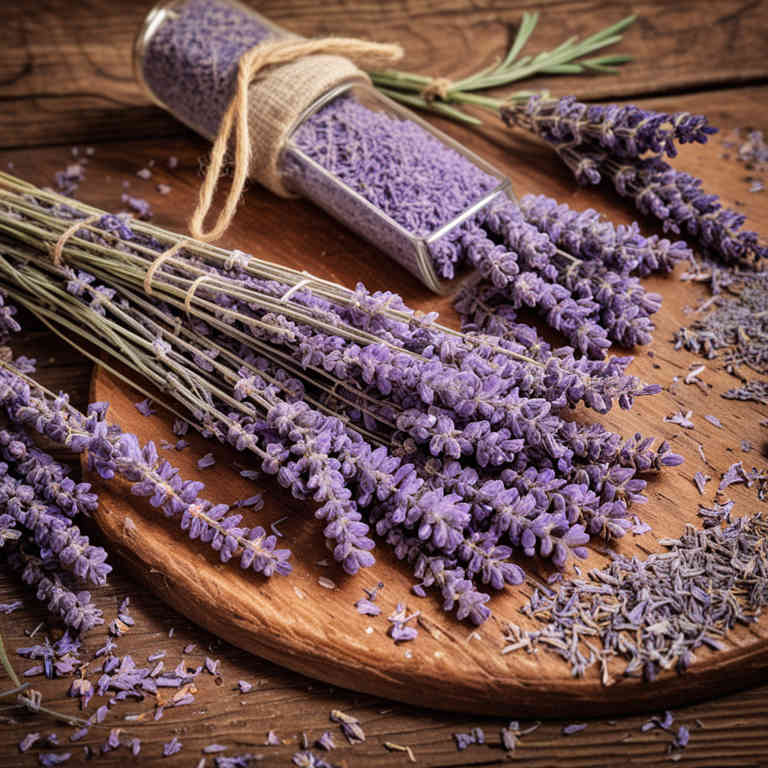
Lavandula angustifolia, commonly known as English lavender, has been traditionally used for its calming and analgesic properties, making it a popular choice for herbal decoctions aimed at alleviating menstrual cramps.
When prepared as a decoction, the plant's essential oils and phytochemicals, such as linalool and lavandulyl acetate, are released, helping to reduce uterine spasms and ease pain. This herbal remedy is often recommended for its ability to promote relaxation and reduce stress, which can exacerbate menstrual discomfort. Studies suggest that lavender may have antispasmodic and anti-inflammatory effects, supporting its use in managing dysmenorrhea.
However, it is important to consult with a healthcare provider before using lavender decoctions, especially for individuals with allergies or those taking other medications.